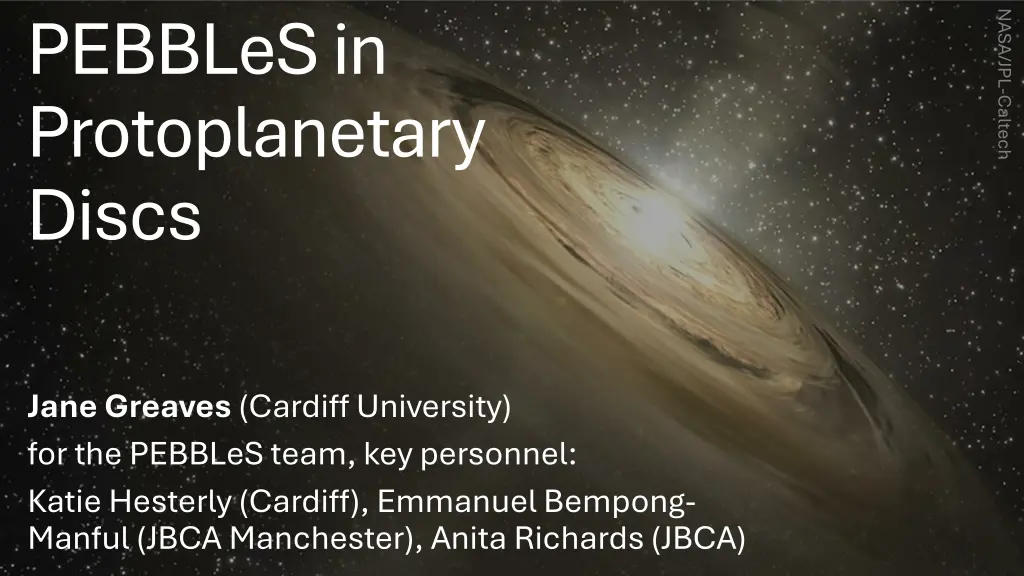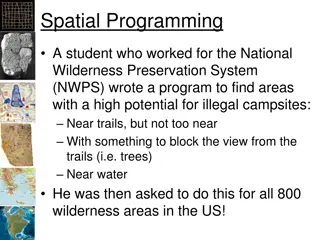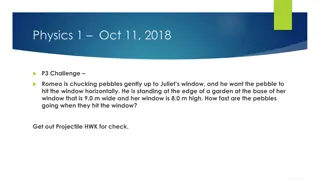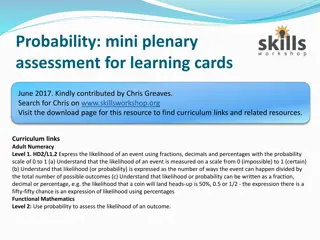
Building Blocks of Planets in Protoplanetary Discs
Explore the formation of planets through the study of large dust grains in protoplanetary discs, focusing on the e-MERLIN survey and key findings regarding dust fluxes and disc structures.
Download Presentation

Please find below an Image/Link to download the presentation.
The content on the website is provided AS IS for your information and personal use only. It may not be sold, licensed, or shared on other websites without obtaining consent from the author. If you encounter any issues during the download, it is possible that the publisher has removed the file from their server.
You are allowed to download the files provided on this website for personal or commercial use, subject to the condition that they are used lawfully. All files are the property of their respective owners.
The content on the website is provided AS IS for your information and personal use only. It may not be sold, licensed, or shared on other websites without obtaining consent from the author.
E N D
Presentation Transcript
PEBBLeS in Protoplanetary Discs NASA/JPL-Caltech Jane Greaves (Cardiff University) for the PEBBLeS team, key personnel: Katie Hesterly (Cardiff), Emmanuel Bempong- Manful (JBCA Manchester), Anita Richards (JBCA)
Planet-Earth Building-Blocks Legacy e-MERLIN Survey looking for emission from SERIOUSLY LARGE dust grains centimetre sizes as a key step to sticking solids together to make planets theory says collisions + inwards drift could lose pebbles before larger rocks can form! e-MERLIN is unique because need to observe at < ~10 GHz to see down to inner disc midplane need 100 s km baselines to resolve dust on orbits of rocky planets
https://www.e-merlin.ac.uk/ this is really hard at 6.8 GHz, because total dust fluxes are a few 10 s Jy!
max. resolution at ~6.8 GHz: simulation: HL Tau (Ken Rice)
data team DUST
key results from unbiased flux-ordered survey of 10 fields, 2 dust discs extending to tens of AU, 2 candidate compact dust discs disc candidates around extra targets (mm-faint) < HL Tau b?
key results from unbiased flux-ordered survey of 10 fields, 2 dust discs extending to tens of AU, 2 candidate compact dust discs and disc candidates around extra disc-hosts (mm-faint)
outcomes selection from <1cm dust fluxes: no relation to 4.5cm dust flux the two large discs are 5th and 10th in mm-flux-order their host stars have little in common (except wide companions?) few pebble-discs around youngest stars? contrary to theory so pebbles exist for only a short time? form only in the inner disc? (Jupiter-orbit-sized discs smallest resolved) aren t needed for planets to form?
to progress: Square Kilometre Array! d35-SKA-TEL-SKO-0000015-04_Science_UseCases (2.34) Cradle of Life team (M. Hoare et al.): noise <0.1 Jy/beam (~50 mas beam at 7.4 GHz, 150 km baselines) similar time-commitment to PEBBLeS, but detecting further-out dust given PEBBLeS outcomes: will need more targets?







